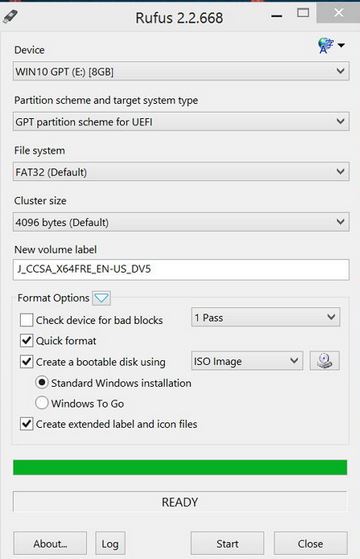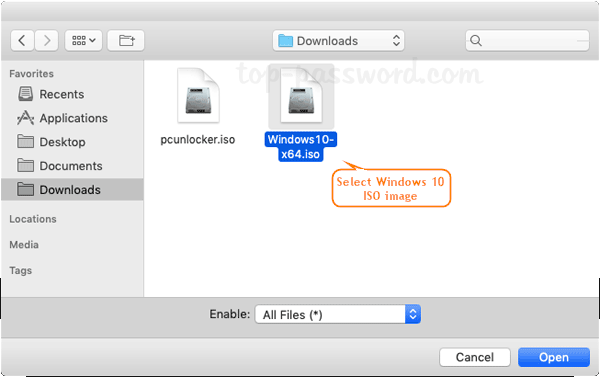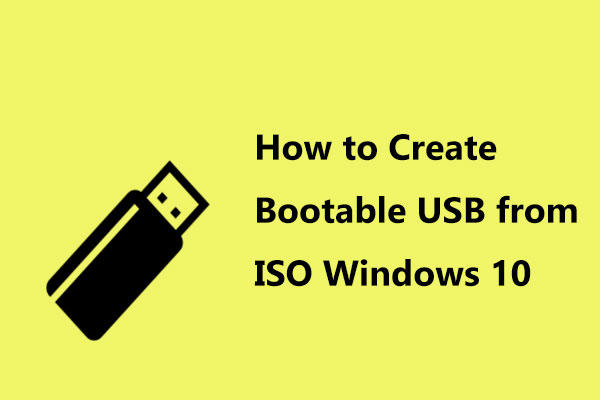

To format, set the Volume label and leave the File system and Cluster size to default. Set Device to your USB drive and click SELECT to select the Windows 11/10/8.1/8/7 installation media. Insert a USB drive (>8GB) into your PC and Launch Rufus. Refer to the Rufus interface and 4-step guide to create a bootable Windows USB drive: * You may be interested in Windows 11 free upgrade from Windows 10

With those cases in mind, it's useful to create a bootable USB drive so that you can install any supported Windows operating system (Windows 7 and later of both 32-bit and 64-bit) to be able to repair a computer, reinstall OS, or manually do a Windows upgrade.

One is to low-level format a USB flash drive or memory stick, and the other is to create USB installation media from bootable ISO files of Windows, Linux, UEFI, etc.

Indeed, Rufus is a free and open-source portable application in small size for Microsoft Windows, and it provides experienced consumers with almost everything they need, including two of the most popular features. Rufus should not be strange to most computer savvy who plays a lot and knows well about their computers and operating systems. To Windows System To Go | How-to Articles What's Rufus?


 0 kommentar(er)
0 kommentar(er)
